Stillingfleet Lodge, on the outskirts of York, is a garden that has been managed organically for wildlife for the best part of 50 years, recently named the most Ethical, Responsible & Sustainable business at the York Tourism awards 2023. It sat at the top of my list of local gardens to visit when we moved to West Yorkshire and we first visited in spring 2022, discovering a personal and adventurous garden. A year later I’m back, in mid-April, to chat to owner and head gardener Vanessa Cook about wildlife, her love of propagation and the joy of sharing a personal garden with the public.
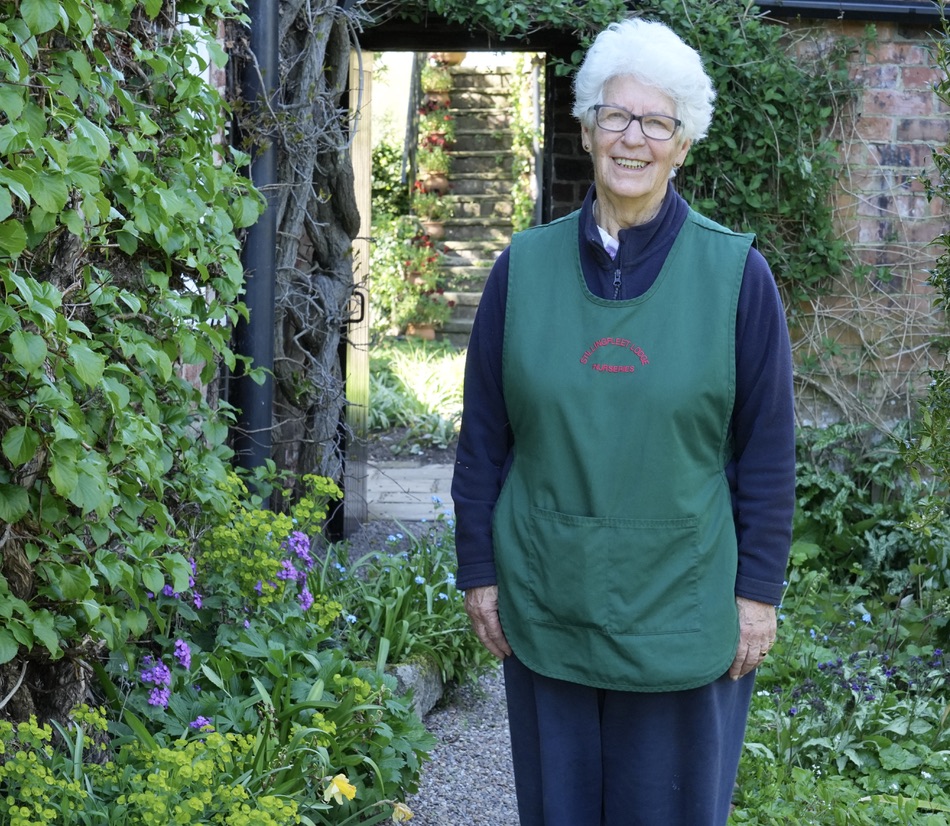
“Where are the northern gardens Jack?” asks Vanessa about the gardening media with a beaming smile on her face as I arrive back at Stillingfleet Lodge, just outside of York. “Everything’s down south, northern gardens just don’t receive the same coverage.” Vanessa had just finished a workshop in the morning and generously offered to show me around her garden, which is open to the public on Wednesday and Friday, and some weekends, from April to September.
Vanessa has a point, spending a lot of my life in the north, I’ve always been aware that the gardening media has a southern focus because that’s where a lot of the magazines and newspapers are based. When we moved to Yorkshire the southern bias felt stronger, though as Vanessa pointed out, “it is true there are fewer gardens up here, but why?” We consider the answer to that question as we pass through the lawned garden next to the house, down a woodland walk toward one of my favourite spots, the breathtaking meadow.


Near the house are more structured areas and while they contain ornamental plants, such as Tulipa ‘Brown Sugar’ and Fritillaria imperialis (shown above left), this is very much cottage garden style that touches on naturalistic. It’s my kind of place, where plants jostle for space, a surprise around every corner, and multiple layers providing wave after wave of flowers and foliage throughout every month of the year. I, like its visitors, get excited about this because Vanessa, her husband John and their volunteers are themselves excited, stepping out each day to find something new.
Organic origins
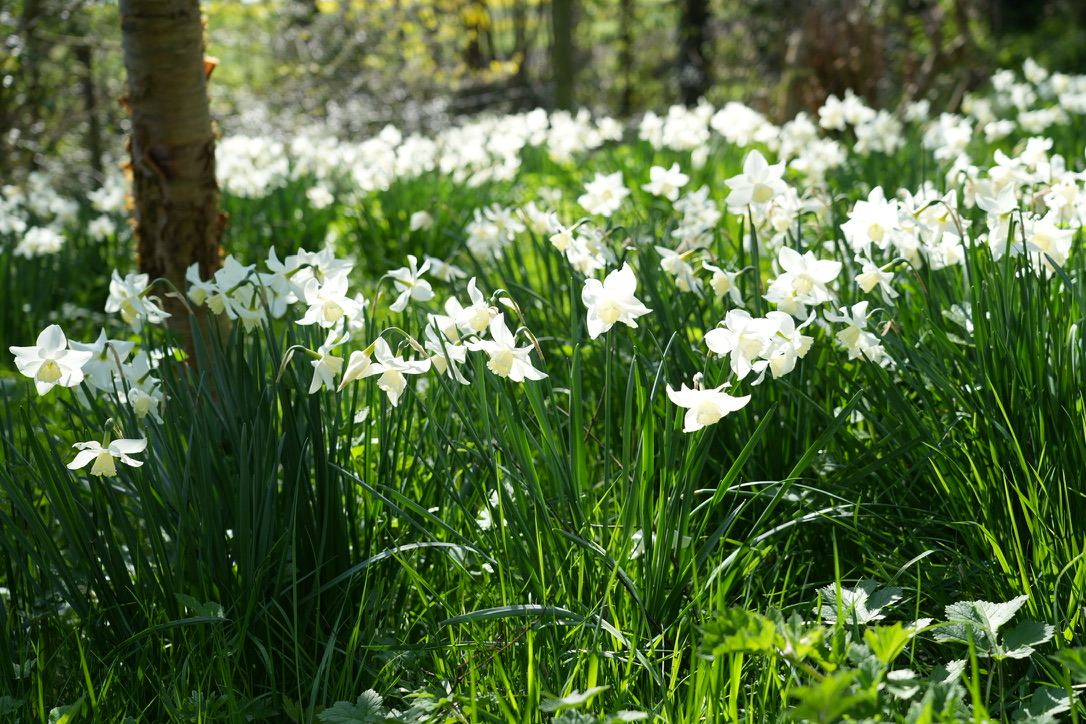
Originally Vanessa and John moved to Stillingfleet to raise their family living off the land.
“We bought the house in 1975 and for the first ten years we had a cow and sheep, there was no garden – that wasn’t what we aimed to do at all. There wasn’t a single tree. We came to bring up our children in an organic situation where the animals we bred and vegetables we grew to eat. We had a lovely Jersey cow, making butter and milk, I still have rugs made from the sheep wool. When the children went to university, we didn’t need as much homegrown food and I was studying horticulture.”
Over time, Vanessa used her growing skills to start a plant nursery, selling homegrown plants to the public. “Back then you couldn’t buy plants in pots, everything was bare root in winter,” says Vanessa, “Beth Chatto was about the only person who was selling interesting plants then, we couldn’t buy anything up here. There weren’t any interesting nurseries up here at all, so I started one. We started stock beds to produce more plants, and when we opened for the National Garden Scheme people seemed to like the garden.”
“None of it was planned, we certainly didn’t plan to open to the public,” reflects Vanessa who enjoys showing visitors something new or different, “It’s a pretty idiosyncratic garden, full of plants I love, my favourite thing is when I put something on Twitter and people go “oh that’s a very marmite plant Vanessa”, it makes me laugh.”
The nursery today draws people far and wide for its choice selection of exciting plants almost entirely grown on site, including extensive collections of Pulmonaria and Geranium. What I enjoy about gardens like Stillingfleet Lodge is that the plants are grown for the garden by knowledgeable hands-on gardeners because they love the plants, and visitors can buy spares from the nursery to take home. It’s the most exciting type of public garden because it teaches and excites thanks to this uniquely personal element.
Meadow marvels


“Look at this!” says Vanessa as we enter the meadow area, “no one else will find this exciting but you will, my daughter who’s an ecologist spotted it among the grasses”. I was expecting orchids – and there are orchids – but Vanessa was right, I did love what she was about to show me and I’m pretty sure that few other people would be quite so excited.
Placing a plain leaf into my hand, I knew what it was immediately: an adder tongue fern, from a dense patch growing out of the grass. I’ve tried finding tiny adder tongue ferns in acidic wild grasslands and never succeeded. Suddenly here one sat in my hand!
I asked if Vanessa if she’d planted them, “No! They were just here, isn’t it amazing. It’s a ridge and furrow meadow, we haven’t done much, the orchids that are here have always been here.”
It is amazing. Holding the leaf, we turned to the main event ahead of us, a bobbing sea of snakeshead fritillaries, Fritillarea meleagris, “I planted 25 fritillaries to start with, now they’re spreading everywhere and the oxlips.”
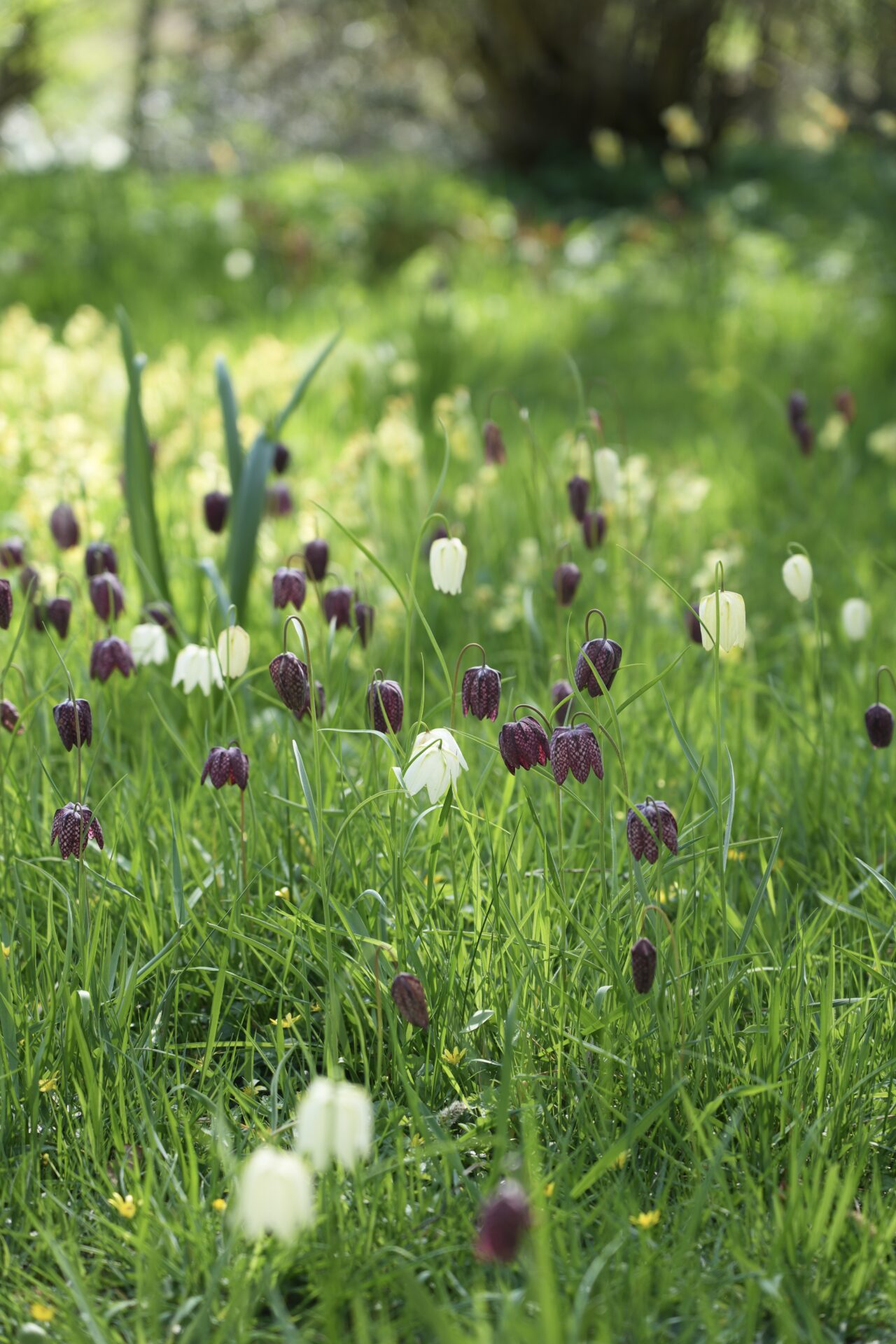
Seeing Fritillaria growing in large colonies among cowslips, daffodils and emerging meadow grasses, it strikes me that this woodland meadow is among the most beautiful spots I’ve seen in a garden. Stunning flowers earlier in the year than people might think to visit gardens. In fact, it’s pushing the expectations of what many may consider to be a garden.
The Fritillaria at Stillingfleet were spreading more successfully than a wild patch I’d visited nearby just an hour before, showing how important the role of gardeners can be in maintaining the habitats for more vulnerable wildflowers and the wildlife such plants support.
Treasures to discover
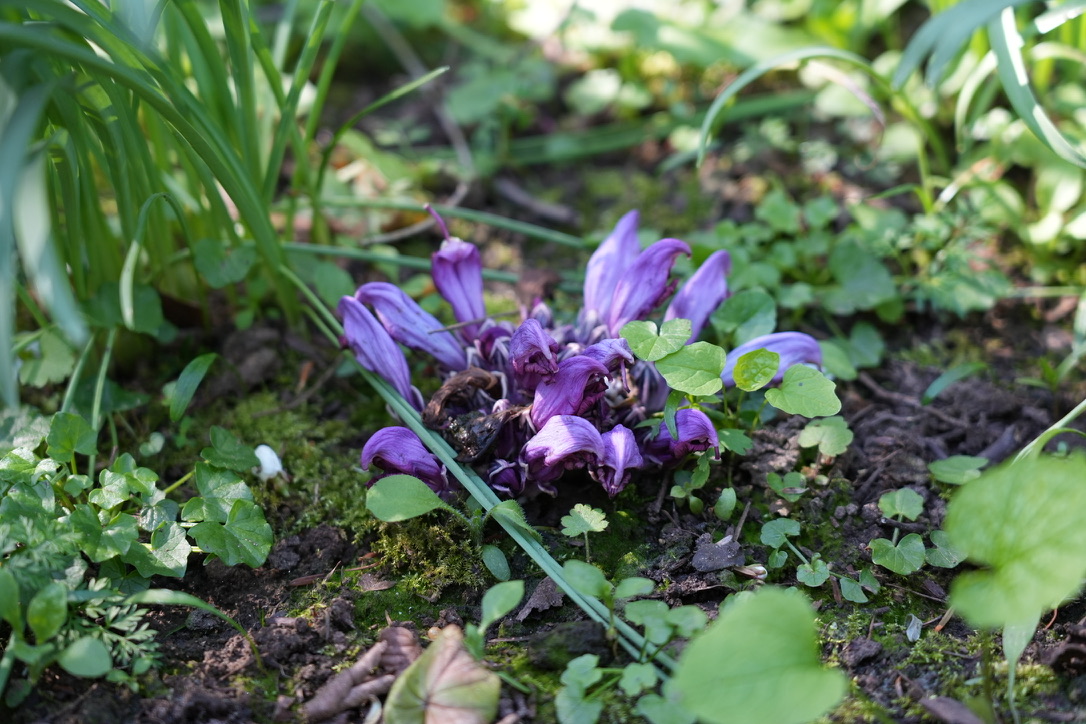
“If anyone asks me about this they get real brownie points,” Vanessa points to the glowing purple flowers of Lathraea clandestina in the woodland, a parasitic plant of shrubs and trees, perfect for shade because it doesn’t photosynthesise, it receives everything it needs from its host plants.
“Sadly no one notices it, they don’t look. I don’t know how you encourage people to be excited about these,” Vanessa says sadly, a break in her usual upbeat positivity. It’s clear she thrives from sharing her excitement of plants which she feels is slowly being lost by many in today’s world where so many are removed from nature.
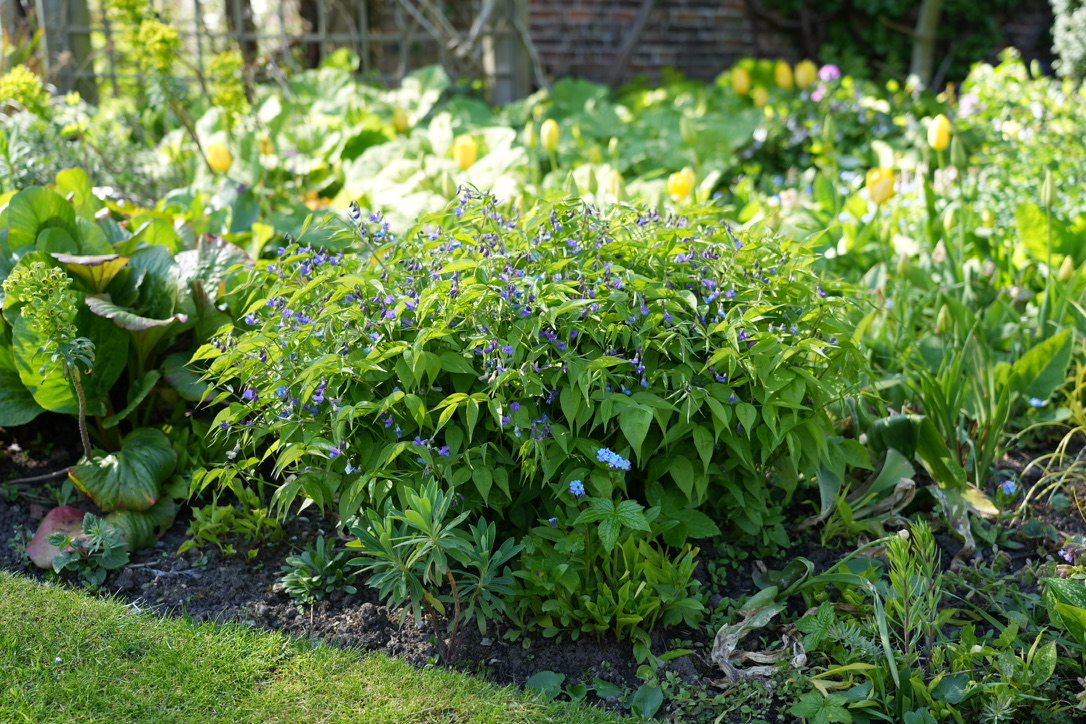
Another plant I couldn’t help but notice is Lathyrus vernus, with immaculate leaves and glowing blue flowers covered with bumblebees.
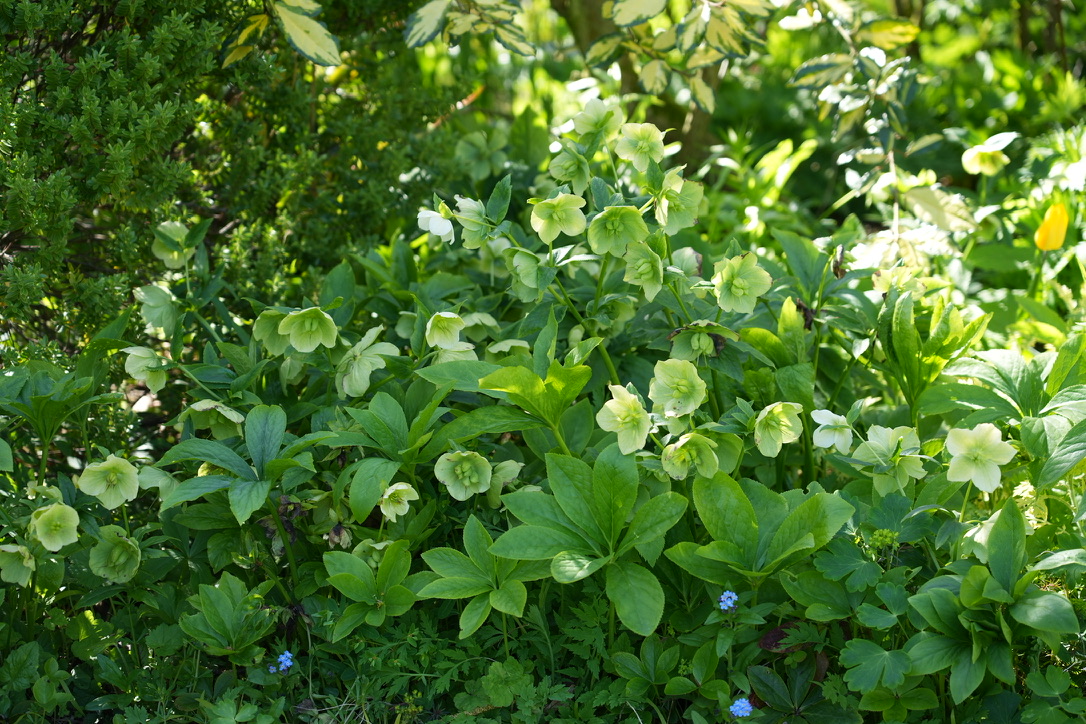
Stillingfleet Lodge has always been an organically managed wildlife garden, plants are grown without the use of pesticides offering a safe haven for insects, birds and mammals. Walking around there is an impressive array of habitats from the meadow, woodland walks, a large pond, bog areas, dead wood left to feed fungi and the many insects that depend on it. The nursery, like so many across the UK, is still transitioning to peat free compost after running trials where watering has been a challenge, and I am incredibly impressed and envious of the huge row of nine large compost bays for homemade compost used to mulch the garden.
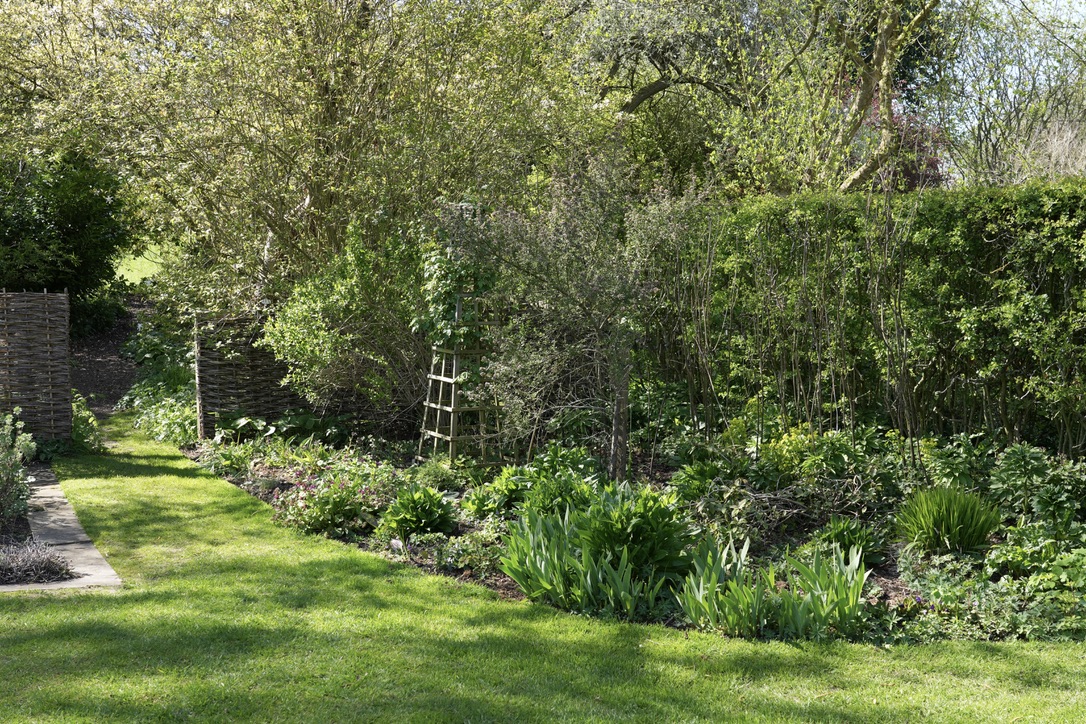
On both my visits I’ve been blown away by the number of different areas across the four acre garden. This year, visiting a few weeks earlier in spring than last year, and it is noticeable how different everything felt in that short space of time. For instance, this year I saw Fritillaria in the meadow but a little later Camassia takes over. This is a garden to visit again and again through each season, each time it will offer a new experience.
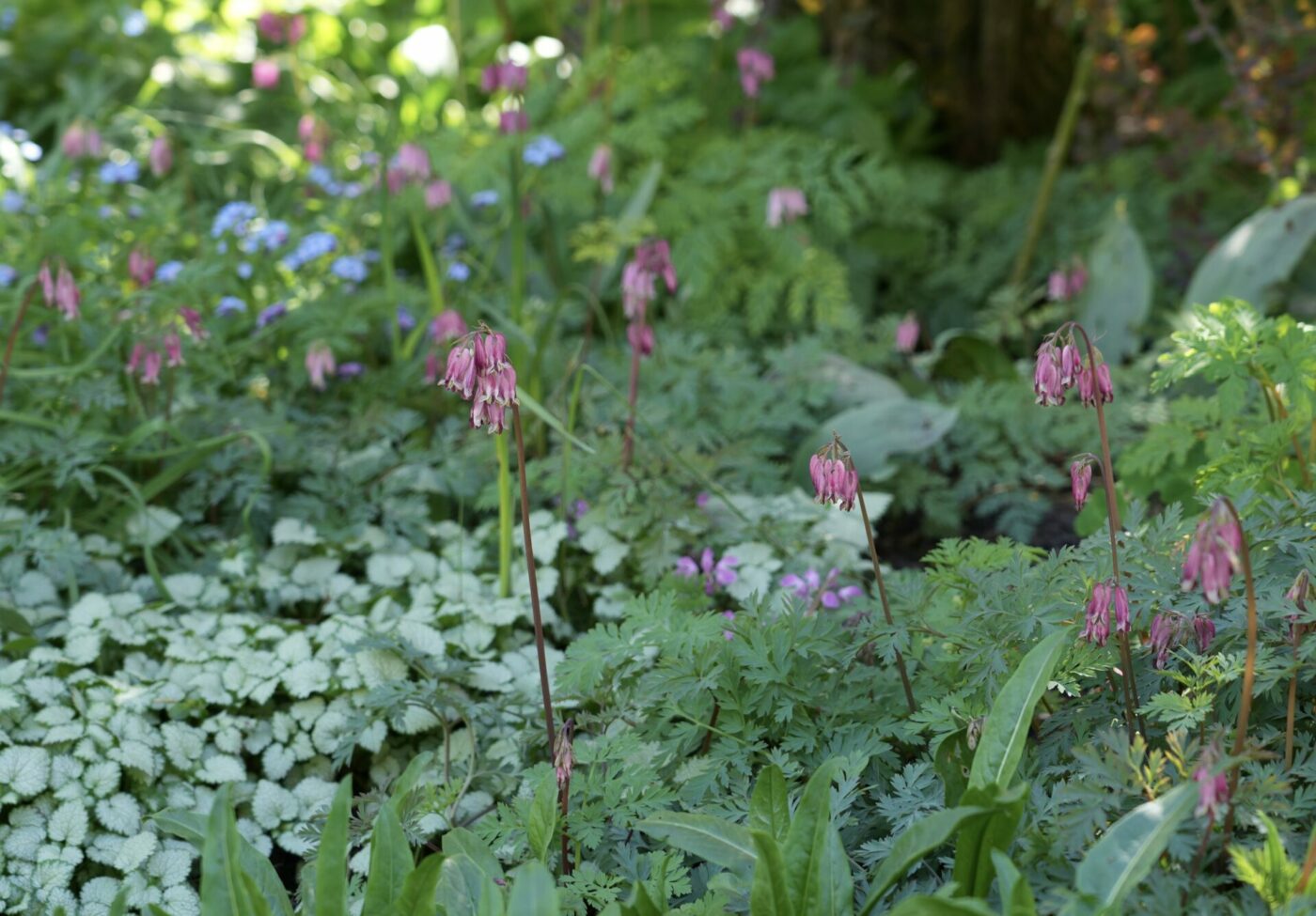
Although it’s a garden on a modest and easily replicable scale, it’s easy to miss areas such as a small hedged garden near the house filled with gorgeous textures and colours of woodland groundcover plants such as Lamprocampnos, Lamium and Myosotis.
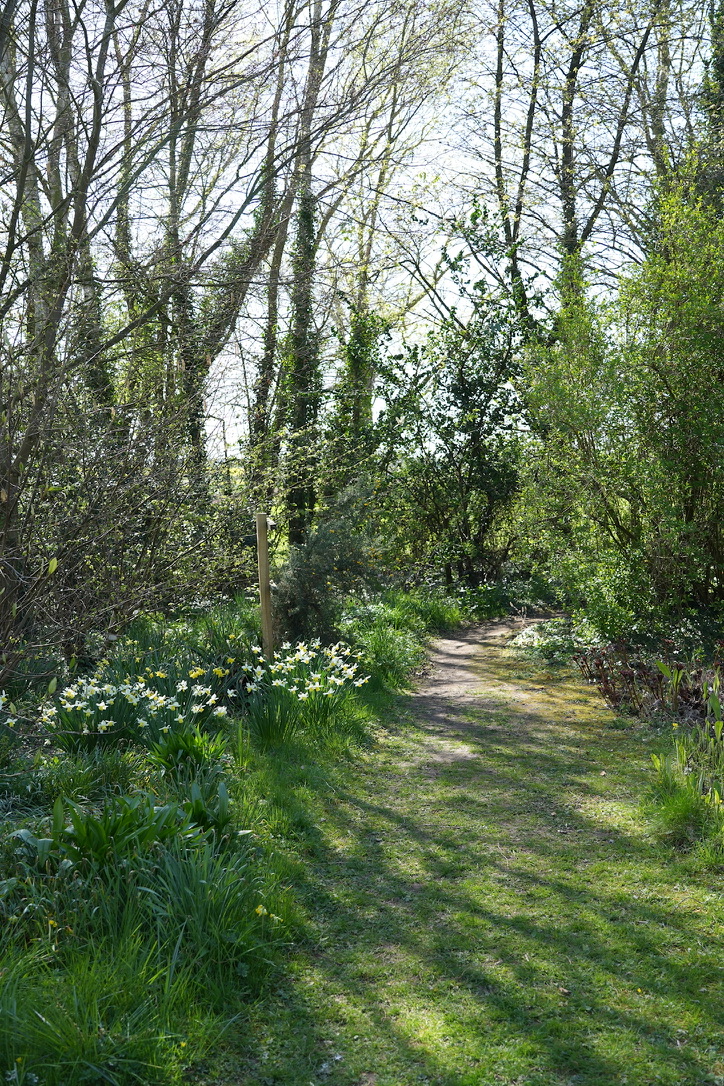
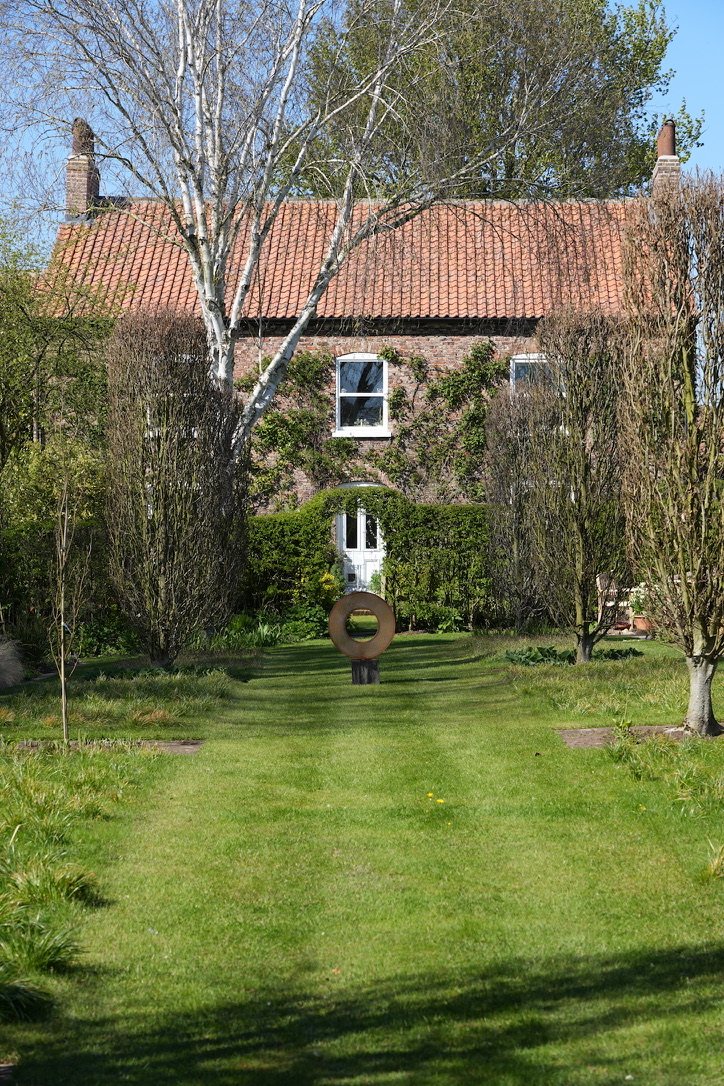
Like many plantspeople’s gardens, I find myself walking facedown absorbed in the plants. Look up and Stillingfleet Lodge is filled with some quite wonderful design elements too. The main lawn border has topiary and mown strips framing unmown meadow areas beneath repeated monolithic topiarised trees framing an effective minimalist statue.
A working nursery
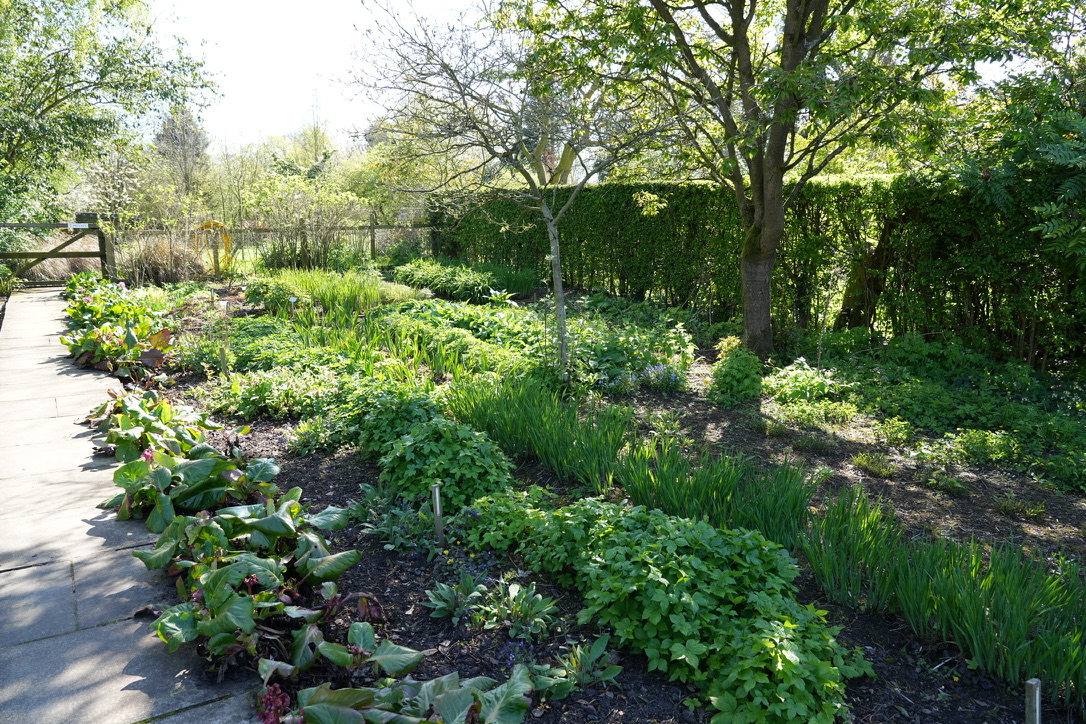
I’ve always had huge admiration for independent nursery owners, they are my heroes of the gardening world because they grow the plants we all want in our own gardens. Their curiosity to find the best plants is what enables the rest of us to create our own unique spaces.
For our own garden at home I have always bought 99% of our plants from small independent nurseries. Partly to support them but who am I kidding, it’s because they often have the best selections. Small independents tend to be the by-product of a passion for growing and that shines through in the quality and exciting selections of plants you often won’t find in the more mainstream catalogues or garden centres.
Stillingfleet Lodge started as a plant nursery and the early practices exist today with stock bed areas where key plants are grown to be divided or to produce seed. These are open to visitors to walk around.
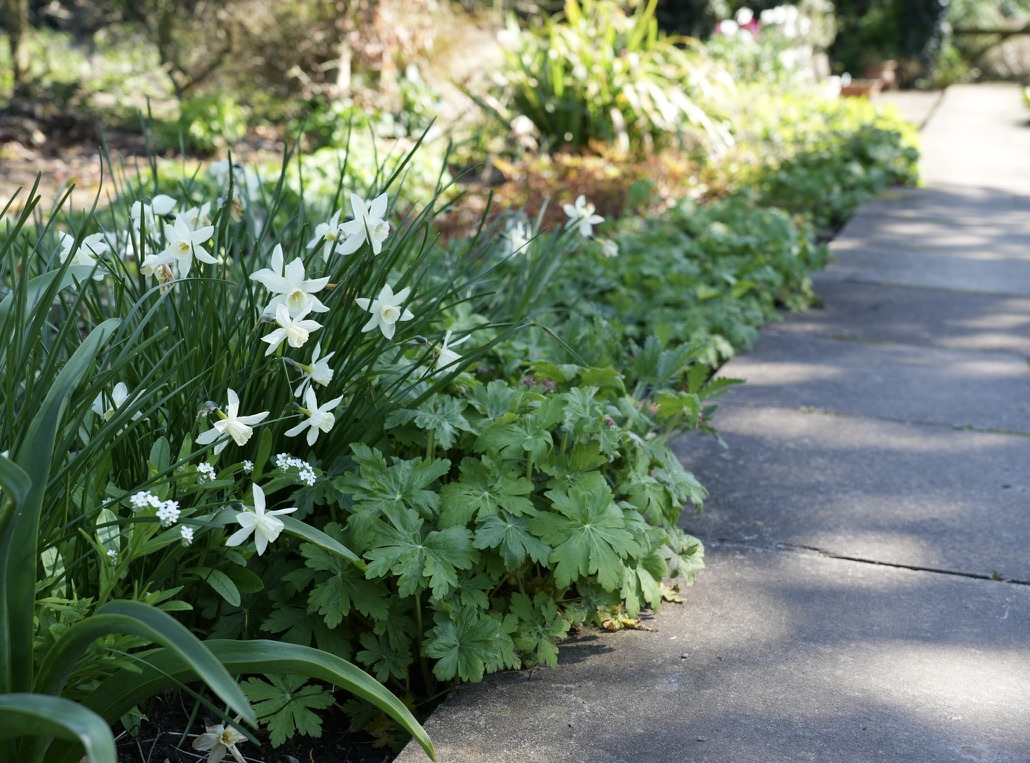
One of the reasons I’ve been drawn to Stillingfleet Lodge is because Vanessa is a Pulmonaria expert, having looked after the National Collection for years. “There were 150 different varieties of Pulmonaria and I had to ask my friend Barry Street to stop naming them. The only one I’d name is a Pulmonaira longifolia with white flowers, otherwise they’re not different enough.”
Today, although she no longer holds the National Collection – “thank goodness!” due to the huge effort maintaining it took – Vanessa still grows a wide selection of this often overlooked genus.
Our own garden in West Yorkshire came with a large number of different Pulmonaria and I’m interested in how these early spring flowering spreading plants can be used in new ways.
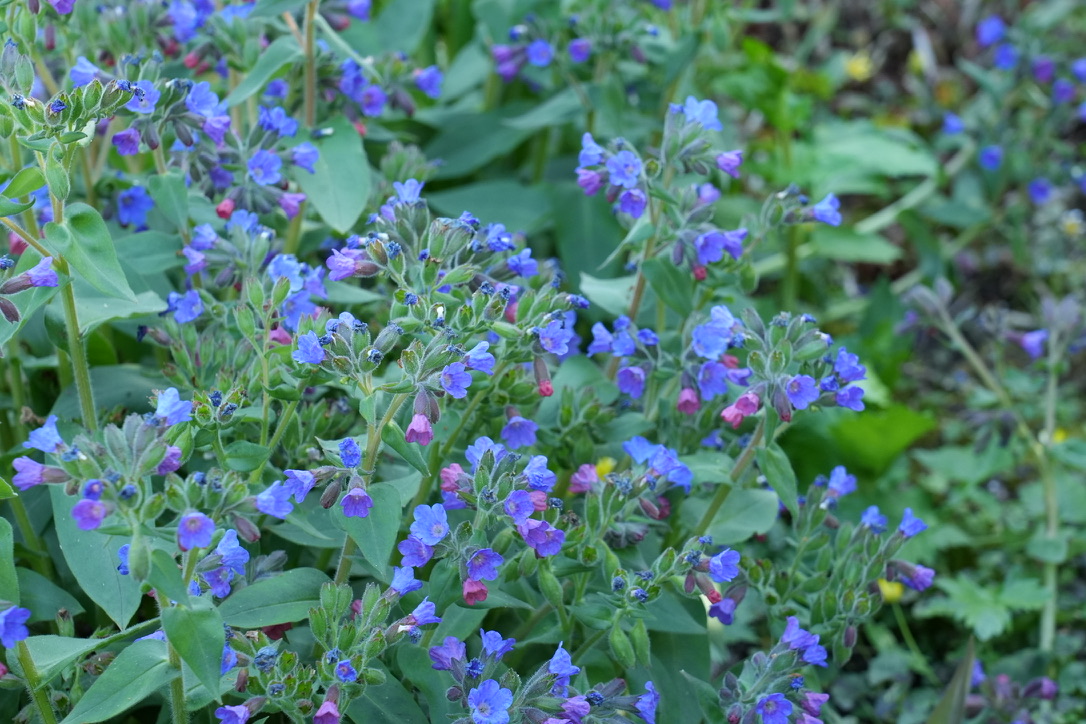
When I mentioned to Vanessa my favourite Pulmonaria right now is ‘Opal’ she’s delighted, “that’s Yorkshire! It was named in Huddersfield, really important – in normal garden centres you don’t see the huge range there is.”
It’s true, I haven’t seen such a wide choice of Pulmonaria elsewhere, and I love that independent nurseries like Stillingfleet often go down a rabbit hole on one particular plant that’s a favourite of the owner. Vanessa’s own interest in Pulmonaria and Geraniums is our gain with the knowledge of different growth types and colours that exist.
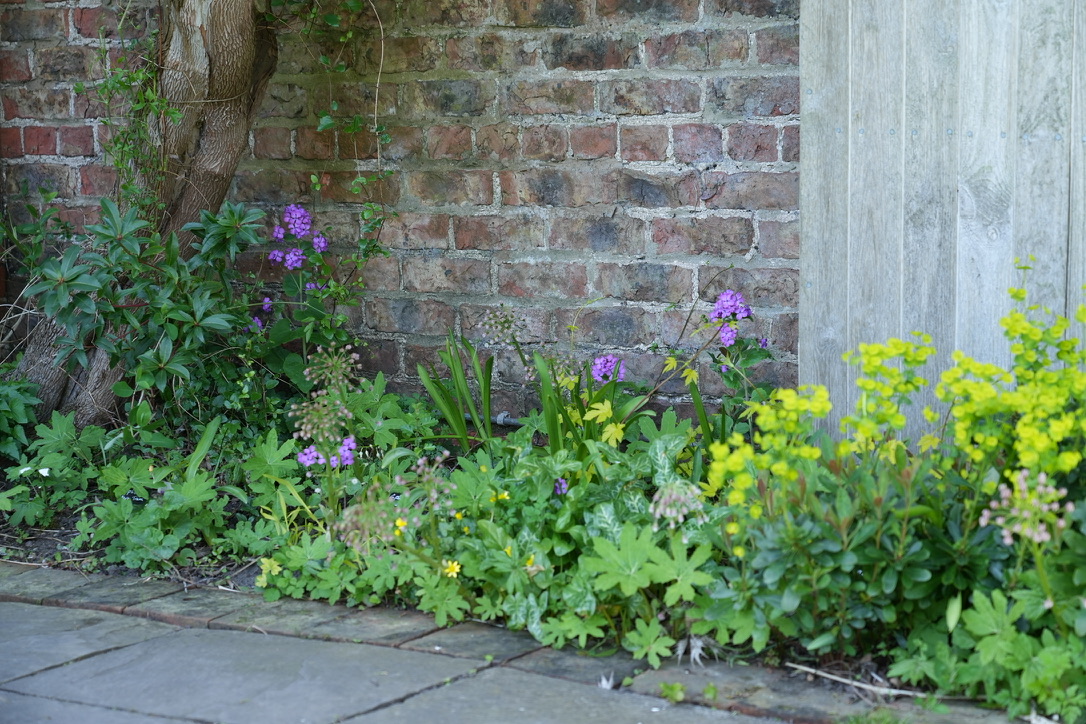
Vanessa is keen to point out that there’s another benefit in visiting nurseries in person, “plants sent in the post are smaller because it’s got to be packaged up and sent whereas if you come to our nursery, everything is well established often in larger pots because they were all planted last August and by now they’re big plants.”
Stillingfleet Lodge Garden and Nursery is open on Wednesday and Friday, and the first and third weekends of each month, from April to September. There’s a tea room too if you fancy a piece of cake and a cup of tea or coffee – and who doesn’t? Website: stillingfleetlodgenurseries.co.uk







:max_bytes(150000):strip_icc()/Byr_ManiOfTheDay_Social-a20305d6b25c4680abe24f17ba6c15d0.png?w=1300&resize=1300,800&ssl=1)

:max_bytes(150000):strip_icc()/Byr_ManiOfTheDay_Social-25312240916e4182acef67bcc8f1a744.png?w=1300&resize=1300,800&ssl=1)



